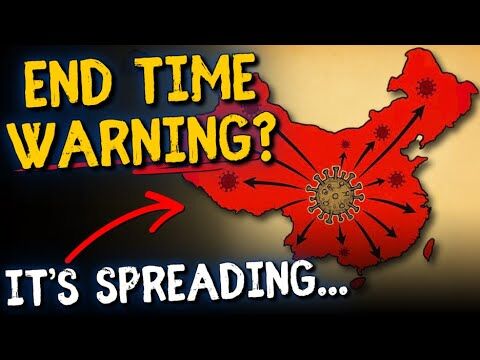I want to give you a tool about how to do a self-assessment and to make steps to personal growth. This will enable you to take a look at any area in your life where you might be able to say, “If I could just change this one thing, it would impact my life.”
We need to talk about the things that keep us from becoming what we strive to be. I’d like to talk about a tool that will help us look forward on the road to becoming a transformational leader and that will help us undo some of the things that may keep us from that. We call this tool “Steps to Personal Growth”:
Step One: Make a Personal Evaluation
Doing a personal evaluation is Step One. All a personal evaluation means is that I see an issue. I see something that I have to acknowledge is there that I haven’t dealt with. I have to see it first and acknowledge it exists. Step One is you must know it’s there. That could come from an outside source who gives us feedback, or it could be something that we ourselves really know about ourselves.
Step Two: Take Control by Taking Responsibility
Step Two is to take control. We have to take responsibility for the fact that it’s there. We have to own it, to accept responsibility and exercise control over it. Because of our self-identity and its formation from the three things that make up our self-identity—our personal experiences, social comparisons with others and others’ judgments of us—it doesn’t necessarily mean that it is of our own doing. Others, like a parent or a school teacher, may have been involved in developing a personality issue that is keeping us bound. At a certain age, after our brains are fully developed, we should take responsibility for what we’re hanging on to. Again, we’re not necessarily responsible for putting it there, but we are ultimately responsible for it.
Just as I control my hand, I control my thoughts. I control my feelings. I control my behavior. That’s what it means to take control. Take responsibility. Own it.
Step Three: Change Direction by Making an Action Plan
The third step is to change direction. What does that mean? Make an action plan and make a commitment to that action plan.
In our Steps to Personal Growth, we are going to see the issue, we’re going to own it and we’re going to change it. We’re going to make a personal evaluation so we can see the issue and acknowledge that it exists. We’re going to take control so that we own it, accept responsibility and exercise control. And we’re going to change direction so we can change what’s blocking our progress and make a commitment to action.
See it. Own it. Change it. Acknowledge it. Take responsibility for it. Make a commitment to action and make it something different.
Now It’s Your Turn
Let me encourage you to take the first step. Write down an area in your life you want to change. What kind of changes can you make for better results?
Congratulations if you had the courage to write down that issue and acknowledge it’s there. Take responsibility for it and change it. That’s a big move.
Change Versus Pain
When we decide to step toward personal growth, it is sometimes challenging. So be prepared. Be prepared to seek and take feedback as you’re going down this path of becoming a transformational leader.
As you go through this process, here’s a quote I believe to be true. “Change seldom occurs until the pain of staying the same exceeds the pain of change” (Tony Robbins). Making those changes is what a transformational leader does. {eoa}
Ford Taylor is a leadership strategist, keynote speaker and the author of Relactional Leadership. As the Founder of Transformational Leadership, he is a man who can solve complex business issues with straightforward practical solutions while maintaining his focus on people.
Read articles like this one and other Spirit-led content in our new platform, CHARISMA PLUS.































































